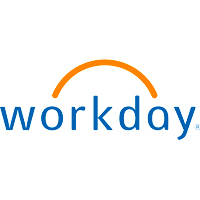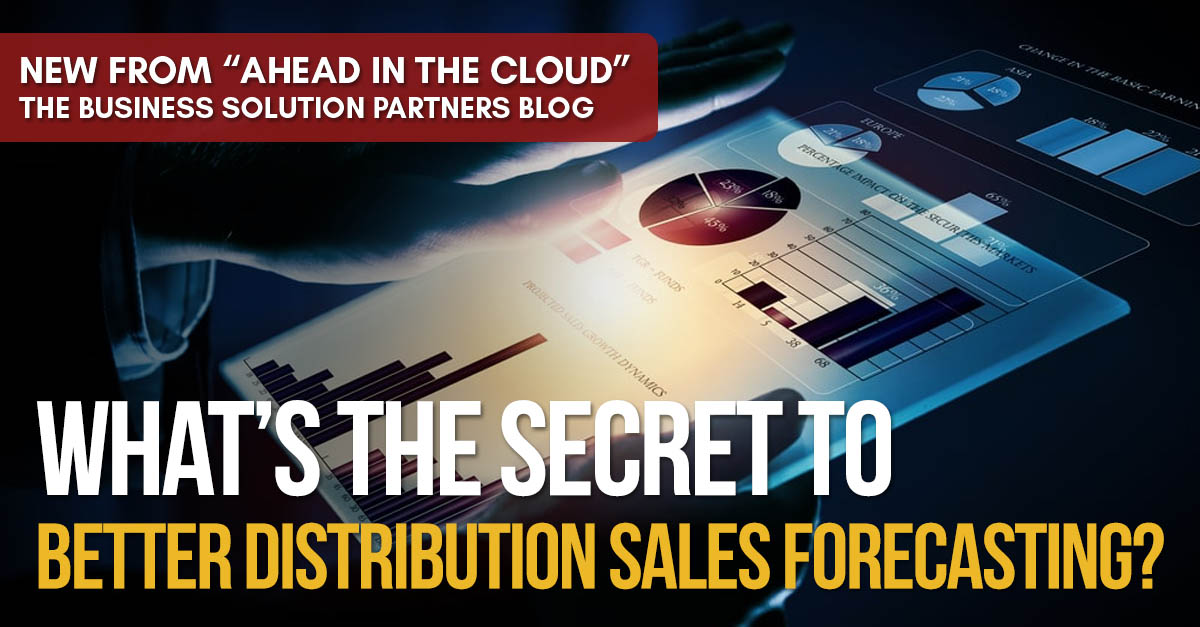What’s The Secret To Better Distribution Sales Forecasting?
Sales forecasting is one of the hardest tasks for distributors, but the right approach combined with the latest technology can go a long way.
4 min read
 Workday Adaptive Planning
:
Feb 18, 2021 9:00:00 AM
Workday Adaptive Planning
:
Feb 18, 2021 9:00:00 AM

Make no mistake: Robust analytic capabilities increase insight into business performance, allowing FP&A teams to make better decisions. And better decision making, now more critical than ever, leads to finance practitioners becoming more strategic partners to the business.
Here are five tips that FP&A leaders can take to create a data-driven mindset within their finance teams.
Change is always challenging—unless it’s met with an agile leader who can recognize the opportunity lurking within its disruptive potential. A key first step in developing a culture of analytics is to identify a leader who fully grasps and will advocate for the need for change and who will foster an environment in which the time, tools, and technology are available to make it a reality. It is nearly impossible to change a culture if people within the organization aren’t convinced that their leadership is truly committed to doing things differently.
Look for an executive sponsor who understands that data can be more than static information. This person needs to see data as a key competitive asset to actively plan and deliver analysis for the business. Ideally, the sponsor will also possess the political clout and people skills to get buy-in from business leaders across the organization.
Now you need the right team. You cannot create or sustain positive change without the talent to fully execute on a plan to deliver its benefits. Strive to create an environment that attracts and keeps the types of people who can take your team to the next level.
It’s important that finance sets the direction and vision to say it wants to be as a finance function. You don’t want to be only inward-looking and producing financial statements. You want to be outward-looking to the other business units and recognize what you want to do more and more of—which is to serve the business.
Keep your team members engaged and invest in their growth and development by exposing them to different business units.
Now ask: What tools are you relying upon? A culture of analytics requires a platform that offers the speed, ease, and power to streamline planning and budgeting processes—and to provide analytic capabilities that generate valuable insights and forecasts in an instant. Relying solely on Excel or a legacy solution locks you in a static planning mode that devours your team’s time and limits your strategic capabilities.
Cloud-based solutions, on the other hand, open the door to an active-planning approach in which you can engage business partners, respond rapidly to business changes, and deliver rich data and insights that help people do their jobs better and get improved results.
You want a solution that provides you with the flexibility to change as the business changes. So if you’re running multiple scenarios, if you have multiple variables, or you’re digging into statistical analysis, that platform’s flexibility allows you to model scenarios and forecasts that are going to lead to better decisions.
Armed with the talent and technology, your FP&A team is now in a position to recast itself from playing the role of back-office bean counters to strategic partners. Now comes the time to get out there and connect. You need to show business leaders directly how you can help them improve productivity and get better business results.
Take the time to learn about their key challenges and identify opportunities and areas to improve, then look for ways your data analytics can add value. For instance, for sales, is there an opportunity to analyze customer retention or renewal rates, focusing on gross margin or pricing analytics?
It needs to start with what are the business problems that you are trying to solve. Use that to define what it is you need—by way of information—and articulate that in terms of specific reports that you can deliver. You can then develop engagement and ownership, and now you are in a position to actually deploy a solution that makes a real impact.”
By this point, you will start to see a virtuous cycle of change emerge. As business leaders see the value of analytics directly, they will become more interested and open to working with finance. The right technology will foster greater collaboration by providing users with instant access to powerful data and analysis, helping them do their jobs better and providing insights that are right at their fingertips—on whatever device they happen to be holding.
If you’re in the cloud, it gives you different access points to data—whether it be mobile or on your laptop or any other device. FP&A wants to be able to foster this idea of collaboration so that from the CEO down, business leaders can consume the analysis that you’re doing and provide feedback. That gets you in the loop with leaders in the organization around the topics that are top of mind.
By this point, the cultural change becomes real and self-powering. Your FP&A team will be able to build on this increasingly collaborative environment by spending more time working with business partners. As you talk to people and collaborate, Lau said you should keep asking these two fundamental questions: What opportunity is there, and how can we apply analytics to take it to the next level?
A culture of analytics certainly doesn’t appear overnight. But it can be cultivated by taking a systematic approach, identifying the right team, giving them the right tools, fostering a true environment of collaboration, and letting the powerful insights themselves drive the change.

Business Solution Partners can set you up with the right tools to provide your finance team with the analytics they need to make better decisions. Contact us to discuss the best options for your business.
Article republished from Workday Adaptive Planning with permission.

Sales forecasting is one of the hardest tasks for distributors, but the right approach combined with the latest technology can go a long way.

Financial modeling is like a superpower—one that lets you test your assumptions and hypotheses across dimensions, versions, and time before executing...

It’s an exciting time to be in finance. FP&A teams are in a unique position to provide strategic guidance to decision-makers, and financial modeling...